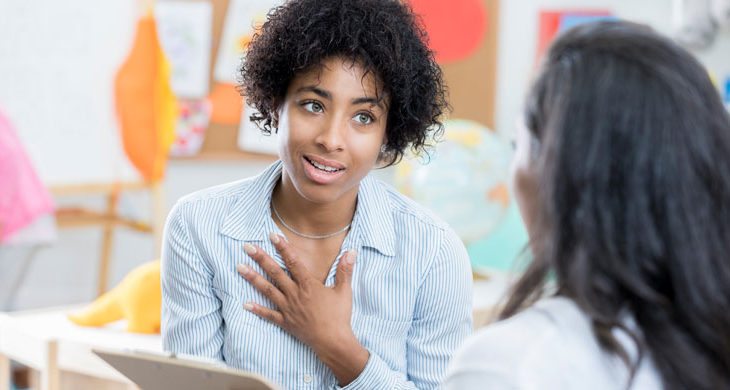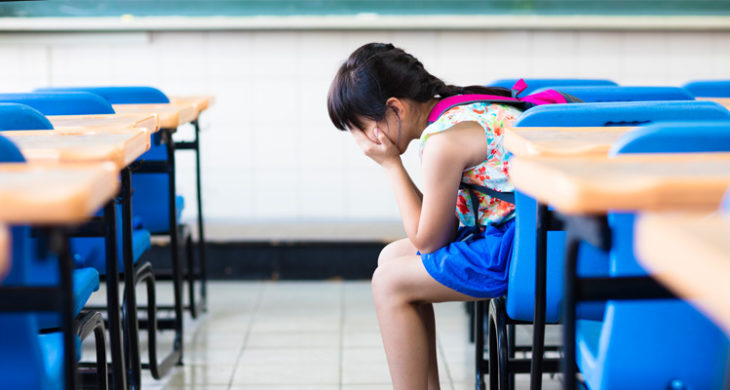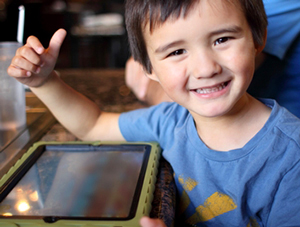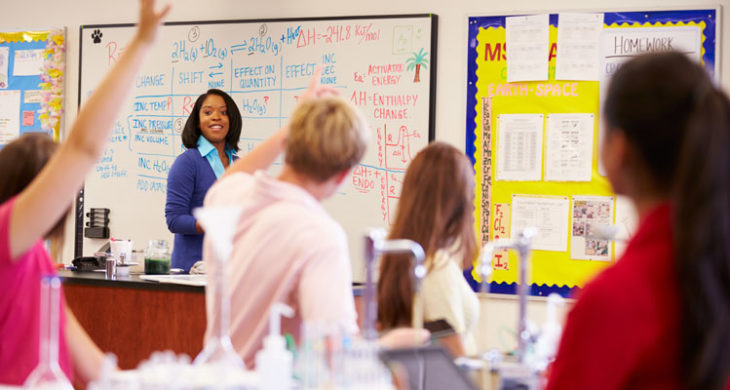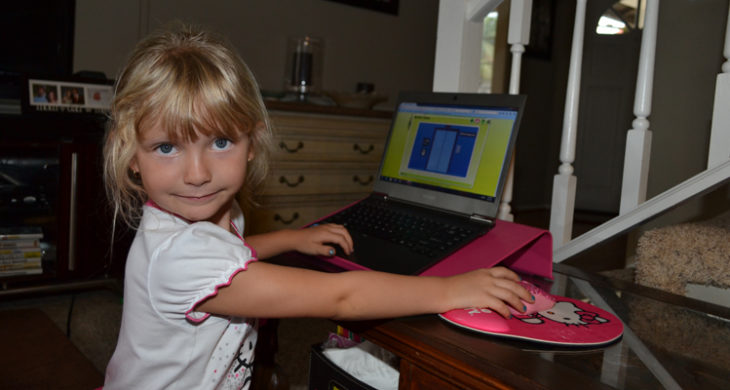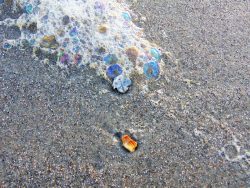A study conducted earlier this year released chilling statistics on the lack of awareness of younger generations on facts related to the Holocaust. Seventy percent of Americans surveyed indicated they felt that concern over the Holocaust has waned over the years. The most uninformed segment seemed to be Millennials with two-thirds not being able to identify what Auschwitz was.
With a growing number of students not learning the facts or significance of the Holocaust, it is imperative that parents and educators find a way to communicate this to the younger generations. In approaching teaching kids about the Holocaust, many issues arise such as how to communicate the horrors of these events in history, to what length of detail teachers and parents should discuss the concentration camps and genocide, and how to transform print in textbooks into learned realities.
Stephen Giannotti with Hoosier Academy at Indianapolis* took on these learning challenges and made it his mission to educate his students on and bring to life for them the actualities of the Holocaust. Stephen coordinated an interview with Holocaust survivor Eva Kor. After being ripped apart from the rest of her family on the selection platform at Auschwitz, Eva and her twin sister were experimented on by the notorious Dr. Mengele. Here’s how Stephen’s interview with Eva helped enlighten hundreds of students to the harsh realities of the Holocaust.
Learning Liftoff: How long have you been teaching?
Stephen Giannotti: After moving from Virginia to Indiana, I stumbled across Hoosier Academies, and this is my second year teaching with them. I had never before heard about online education but was excited to be able to reach all populations out there to achieve success.
LL: What first made you want to teach?
SG: Originally, I actually wanted to become a veterinarian. I was accepted to UVA and began taking science courses. However, after taking an introductory teaching class with a dynamic instructor who brought it alive, I became fully invested in pursuing a career in social studies education.
LL: What gave you the idea to teach more creatively about the Holocaust?
SG: After visiting Terre Haute and seeing Eva’s museum, I was blown away. I was able to speak with another survivor; and after that conversation, I knew I had to bring this to life with my students. His story, as well as Eva’s, is all about perseverance when facing the impossible.
LL: How did you make that work for the online world?
SG: I gathered a network of teachers from virtual schools, received an approved budget and action plan, and had students study her story and work on related side projects. The students reflected and discussed through divergent learning how this tied into what was going on in the U.S. during the Holocaust. We all approached it through a holistic account of what happened. It’s never as simple as what is in the textbook. To truly understand and learn from the Holocaust, we had to dive deep and allow ourselves to be impacted by Eva.
LL: Describe how you made the interview successful:
SG: I drove down to Eva’s museum and broadcast our interview to more than 500 students and families, including a Q&A with personal questions directly asked to her. As a follow-up, the other teachers and I came back and wrapped up the project with our classes by considering questions such as “Is Eva a victim or survivor?” and “What are steps that led to a genocide?” One of our instructors also took Eva’s motivational message of empowerment and challenged students to come up with a book proposal addressing what issue they believed should be addressed in today’s world.
LL: What is the most important take-away?
SG: Teachers should focus on making instruction meaningful by bringing stories to life of individuals who experienced history firsthand and show how that translates to students today. This is real life. These people have been through so much, and being able to listen to what they have to say is beyond words. It’s our jobs as educators to help students understand how these lessons will affect them going forward and shape them in what they go on to do with their lives.
LL: How can other parents or educators wanting to teach about the Holocaust best approach this difficult event in history?
SG: It’s all about framing and context. This happened out of anger; and when people are angry and holding on to hate, nothing good comes out of it. We see this all throughout history. Helping students understand how these tragedies happened and the factors that led up to them is critical. Teachers should guide students to ask questions like, “Looking at current events now, how can we stop this from occurring again?” It comes down to being respectful of all student levels and openly communicating with parents when addressing difficult topics.
Eva Kor regularly travels and lectures sharing her powerful story of survival and forgiveness, but there will come a time when these survivors will no longer be able to tell their stories. It will be up to the rest of us, to the rising generations, to keep the unimaginable horrors of the Holocaust alive in history so as not to allow any society to repeat the same pattern. The heroic messaging of survivors such as Eva must be echoed throughout homes and classrooms to educate and inspire students on the realities of this shocking and grievous time in our world’s history.
*Hoosier Academy at Indianapolis is an online public charter school powered by K12. If having a more involved approach to your child’s education is important to you, consider online learning as a solution for your family’s educational needs.
,




